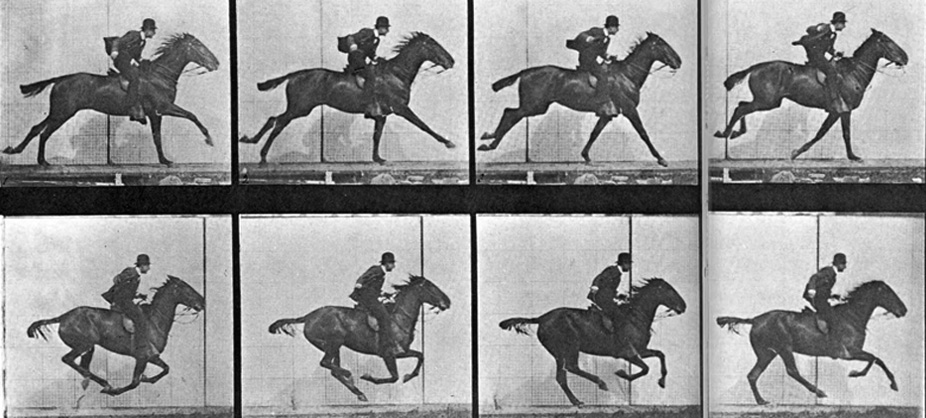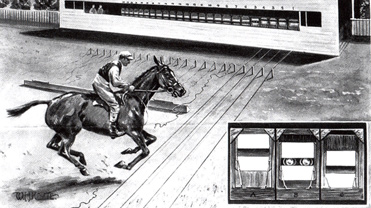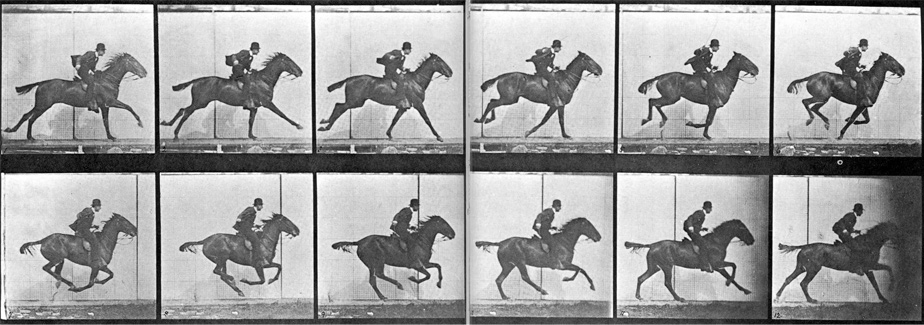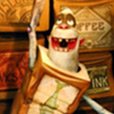The Origins of Stop-Motion Animation

What is stop-motion animation?
Stop-motion animation is a hands-on form of animation. It can be based in a range of mediums from clay, to paper, to sand. Similar to traditional animation, it is shot frame by frame, but instead of drawing each frame, you manually alter the position of the object or character within the scene, photographing it each time you do so. When the photos are compiled and then played back at the set standard of 24 frames per second, the object or character appears animated, hence stop-motion animation.
The Two Main Methods of Animating
- Straight Ahead
- Stop-motion animation is shot straight ahead, meaning the animated sequence is shot in sequential order frame after frame.
- Pose to Pose
- Traditional animation tends to use the pose to pose method. This method uses keyframes, which identify the beginning, ending , and generally the highest point of the action being performed. This allows the animator to plan the action out across a specified number of frames and then go back in and draw the inbetweens, or the frames carrying the action from one keyframe to the next.
Where did it come from?
The development of the stop-motion technique dates back to the late 19th century and can be credited to the English photographer Eadweard Muybridge.
The Experiment
 Muybridge had turned to photography after suffering a severe head injury from involvement in a violent stagecoach accident. After his recuperation he steadily began to grow his reputation as a professional photographer, and in 1872 was commissioned by former Californian governor and horse enthusiast, Leland Stanford, to resolve the much-debated question as to whether a galloping horse momentarily took flight with all four hooves off the ground.
Muybridge had turned to photography after suffering a severe head injury from involvement in a violent stagecoach accident. After his recuperation he steadily began to grow his reputation as a professional photographer, and in 1872 was commissioned by former Californian governor and horse enthusiast, Leland Stanford, to resolve the much-debated question as to whether a galloping horse momentarily took flight with all four hooves off the ground.
In his search for an answer, Eadweard Muybridge developed one of the first systems to capture continuous motion. He set up 12 cameras along the edge of a race track, evenly spaced, and ran a length of trip wire across the track to trigger the shutter of each camera. As the horse galloped by, breaking through each tripwire, the shutter to the adjacent camera was triggered, instantaneously capturing an image of the horse in motion. Muybridge’s resulting set of images ended the great debate, proving that all four horse hooves do in fact leave the ground.

Shortly after his success in capturing the motion of a horse, Eadweard Muybridge went on to develop the Zoöpraxiscope, the first device capable of projecting animated sequences. His device was such a hit that he toured and lectured throughout Europe, before going on to continue his study of humans and animals in motion from 1884 to 1887 under the support of the University of Pennsylvania. Muybridge’s motion studies would come together in 1887 in the publication of Animal Locomotion, the resulting collection of over 700 photographed motion sequences, which are still used as a reference by animators, painters and scientists alike today.
Related Articles

Different Kinds of Stop-Motion Animation
